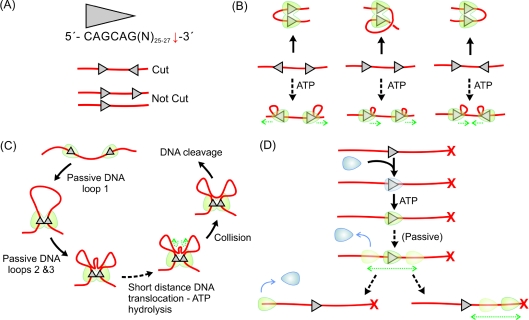Figure 1. Models for long-range communications by Type III RM enzymes.
(A) Recognition sequence for the EcoP15I enzyme [2], showing the downstream non-specific cleavage site and outcome of an endonuclease reaction on different DNA substrates (red lines) [11,12]. (B) DNA looping and DNA-loop translocation models for Type III enzymes (in green) [3,12]. Only directional loop translocation can distinguish the head-to-head substrate. (C) Expanded Type III model proposed by Crampton et al. [29]. (D) DNA-sliding model proposed by Ramanathan et al. [25], and the role of DNA ends. The capped end (e.g. biotin plus streptavidin) is shown with a cross.

